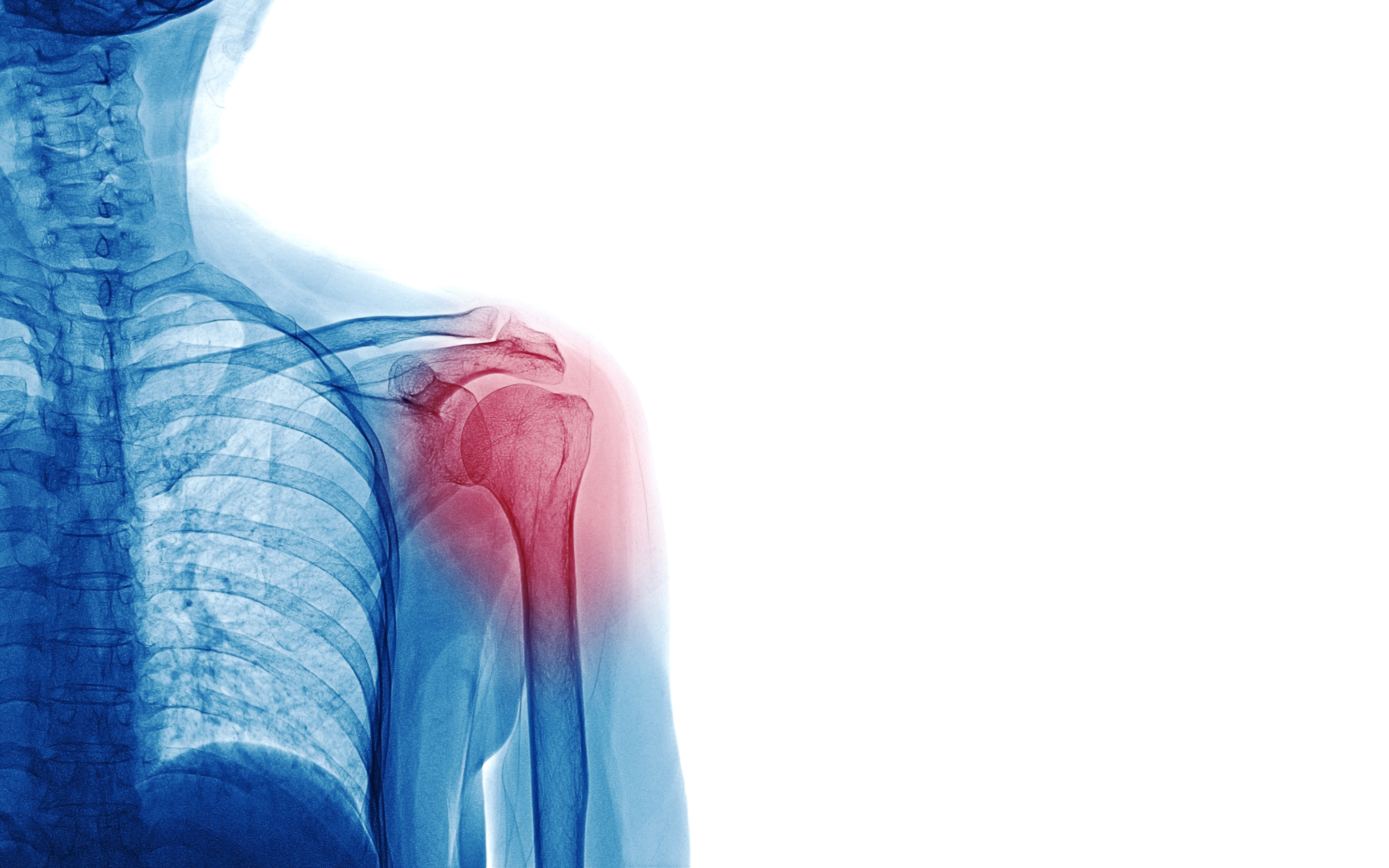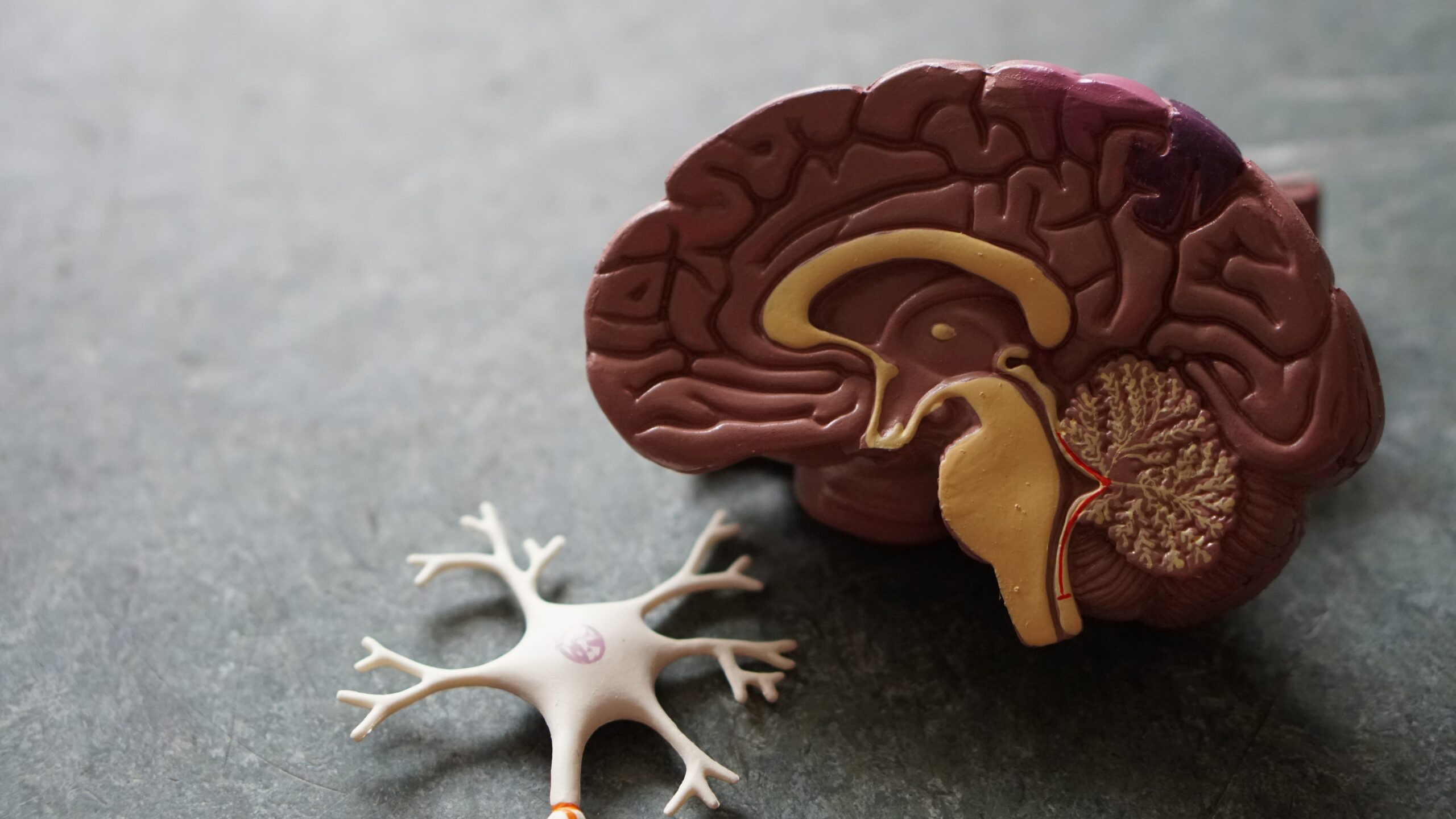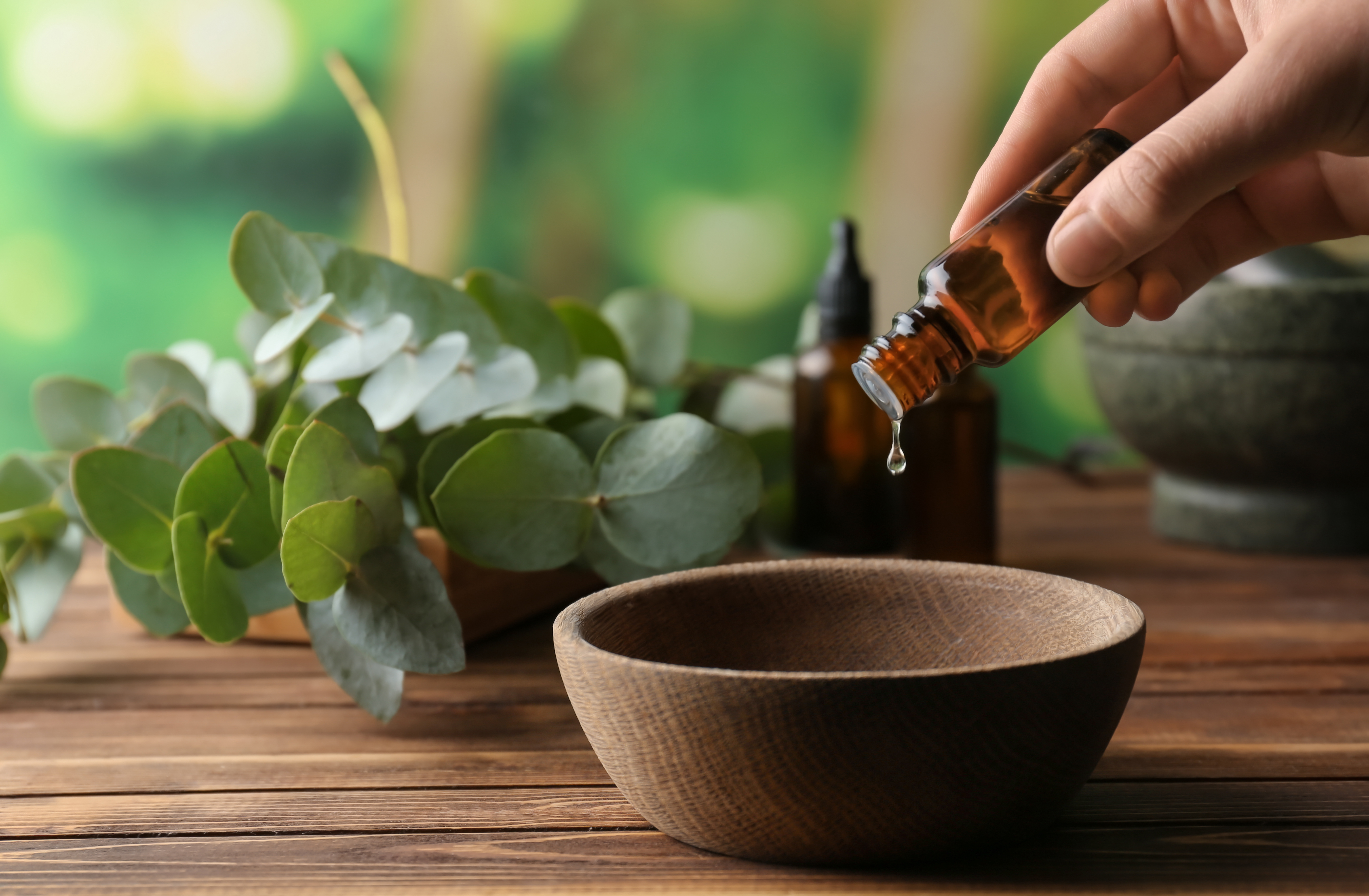Chère amie, Cher ami,
Il est plus que jamais primordial de prendre soin de nos fragiles intestins.
On recense de nos jours 100 fois plus de cas de maladie de Crohn qu’au début du 20ème siècle : nos modes de vie ont forcément une responsabilité.
Cela s’observe d’ailleurs facilement, puisque dans les villes la maladie est plus présente et que les Noirs Américains sont bien plus touchés que les Noirs Africains.
Si vous êtes touché(e), j’ai répertorié ici les principaux remèdes pour vous permettre de mieux vivre avec la maladie et diminuer l’inflammation.
La maladie de Crohn est une inflammation chronique de l’intestin, principalement génétique mais pas seulement. D’autres facteurs sont à envisager :
- Une infection bactérienne ou virale (gastroentérite en début de maladie) ;
- Une intolérance à certains aliments (céréales, lait, certains produits cuits) ;
- Une mycose intestinale due à une alimentation carencée ;
A ne pas négliger : la priseprolongée de médicaments (corticoïdes, antibiotiques, aspirine, antidépresseurs, somnifères, produits contre le cholestérol, le diabète et l’hypertension artérielle) ou encore le tabac.
Les premiers symptômes sont des diarrhées sanglantes et douloureuses, puis des brûlures rectales, des faux besoins et parfois des selles purulentes avec poussées de fièvres…
Quand votre intestin contamine les autres organes…
Les personnes atteintes du Crohn sont généralement désespérées parce qu’elle ne se limite pas à l’intestin. Dans la majorité des cas, les complications touchent le corps tout entier :
- Au niveau des articulations : arthrite, spondylarthrite ankylosante, sacro-illite isolée ;
- Au niveau cutané : érythème noueux (nodosités rouges), pyodermite gangreneuse (suppuration avec gangrène) ;
- Dans la bouche : aphtes, œdème des lèvres, perlèche, gingivite ;
- Les yeux sont aussi touchés : uvéite (inflammation de l’iris, du corps ciliaire ou de la choroïde), épisclérite (inflammation du tissu qui entoure la sclérotique) ;
Mais on rencontre aussi souvent des problèmes aux foie, des hépatites… La liste est longue.
La « nutrition artificielle », une solution ?
En médecine officielle, le traitement le plus connu est la sulfasalazine (type de salicylés) qui est utilisé lors des crises mais aussi en prévention, tout comme les immunosuppresseurs. Les corticoïdes, quant à eux ne sont utilisés que pendant les crises.
Les malades sont souvent assujettis à des procédés de nutrition artificielle. Il s’agit en fait de mélanges d’acides animés, de sucres et graisses simples.
Malheureusement, elle est rarement prolongée au-delà de quelques semaines, car elle nécessite, soit 4 heures par jour de perfusions intraveineuses, soit l’absorption d’un produit au goût écœurant.
Ces plantes combattent les 3 adversaires de votre intestin
Les plantes agissent sur les 3 principaux symptômes de la maladie de Crohn : la diarrhée, les spasmes et ballonnements, ainsi que l’inflammation. Voici donc les principales plantes que je pourrais préconiser.
1. Contre la diarrhée
Parmi les anti-diarrhéiques, citons :
– L’aigremoine ;
– L’alchémille ;
– La racine de bistorte ;
– La brunelle ;
– Le chardon béni, la benoîte ;
– Le grand plantain ;
– La potentille des oies ;
– Le trèfle des champs.
Comme modérateur de transit nous pouvons citer :
– Le riz ;
– La carotte ;
– Le pourpier ;
– La fève de caroubier ;
– Le psyllium blond.
2. Contre les spasmes et les ballonnements
Les plantes carminatives libèrent des gaz parfois douloureux qui envahissent le cadre colique. C’est ici surtout le domaine des apiacées telles que l’anis, le cumin, le carvi, l’aneth, le fenouil, l’angélique, l’estragon, la coriandre dont il est possible également d’utiliser les essences.
Mais la badiane de Chine, la camomille noble, le basilic, le calament, la menthe poivrée, le thym, la réglisse sont également d’un grand secours. On peut prendre la plupart de ces plantes en huiles essentielles.
Les phénomènes de fermentation, liés aux sucres lents, se produisent dans le colon droit (ascendant) et sont calmés par les « apiacées naturels ».
Les phénomènes de putréfaction produisent des gaz malodorants et sont liés à la digestion des protéines au niveau du colon gauche (descendant). Ils peuvent bénéficier de la prise d’ambroisie, de baies de myrtille ou d’airelle ainsi que d’huile essentielle de Laurus nobilis, de Coriandrum sativum.
3. Contre l’inflammation
Lorsque la diarrhée est très aiguë, très inflammatoire, la muqueuse intestinale peut alors saigner. La phytothérapie offre alors des moyens d’apaiser le feu avec la bourse à pasteur, la bistorte, la matricaire, l’achillée, les baies sèches de myrtilles, et la salicaire.
Huiles essentielles : ma formule secrète
Les huiles essentielles peuvent agir en tant qu’antiinflammatoires, antispasmodiques ou hémostatiques.
Posologie
Voie orale : 1 gélule, 3 fois par jour avant les repas des produits suivants :
- HE verveine citronnée 15mg ;
- HE origan compact 60mg ;
- HE ocimum basilicum ssp basilicum 25mg.
Voie cutanée : 1 noisette de gel ou 10 gouttes, 2 à 3 fois par jour sur l’abdomen et le long de la colonne vertébrale des produits suivants :
- HE Lippia citriodora 2 ml ;
- HE Litsea citrata 3 ml ;
- HE Satureja montana 3 ml ;
- HV Rosa rubiginosa qsp 15ml.
La liste des 7 compléments indispensables
En parallèle des plantes, voici la liste des compléments à prendre ipso facto pour soulager les symptômes :
- Le curcuma pour ses propriétés antioxydantes et anti-inflammatoires directes sur l’intestin ;
- Les oméga 3 associés à un peu d’oméga-6 ;
- Les vitamines B que l’on trouve en grande quantité dans la levure de bière ;
- La vitamine K (antihémorragique) ;
- Du fer naturel (non agressif pour l’estomac et l’intestin) à petite dose ;
- Les probiotiques ou ferments lactiques pour créer une bonne flore intestinale ;
- La chlorophylle avant de se coucher le soir ;
Si vous avez besoin de connaître les marques, nous pouvons citer :
- Olivie riche® : c’est un extrait d’olive riche en polyphénols, il agit comme un anti-inflammatoire et un anti-douleur. 3 fois 2 gélules par jour pendant 2 mois.
- Laxibio® spécial Psyllium : il régularise le transit intestinal (pré et probiotiques. Graines de Psyllium.) 2 sachets 2 fois par jour pendant 2 jours, puis 2 fois 1 sachet par jour pendant un mois.
- Lacti pro-immunitum bio® : c’est un extrait de feuilles de framboisier et d’acérola. En cas de diarrhée, prendre 3 gélules par jour, sinon en prévention prendre 1 gélule par jour.
- Curcumine K2 : diminue l’inflammation et les douleurs. 1 à 2 gélules aux repas.
- Orthoflore (pré et probiotiques de 10 milliards de bactéries) : 1 gélule le matin à jeun.
- Immunoregul® (maladie auto-immune) : 2 gélules 15 minutes avant les 3 repas pendant 1 semaine, puis 2 gélules par jour.
- Quiet full (stress) : 2 fois 2 gélules.
- Mucoperm (L. Glutamine, curcuma, MSM, acide alphalipoïque, L. Glutathion, sélénométhionine, Bromélaïne, Papaïne, complexe de vitamines B…). Commencer par un demi-sachet, puis 1 sachet, puis 3 sachets.
Seignalet : un régime qui a fait ses preuves
Le Dr Jean Seignalet a mis au point un régime diététique qui améliore l’évolution de la maladie et la fait même disparaitre.
Ce régime consiste concrètement à :
- Exclure les céréales (à l’exception du riz), les laits animaux et leurs dérivés ;
- Privilégierles pseudo-céréales sans gluten (sarrasin, millet, …) ;
- Privilégier les produits crus comme une salade verte avant chaque repas (la chlorophylle désinfecte l’intestin et régénère la flore intestinale) ;
- Privilégier les légumes (pomme de terre, poireaux, haricots verts, petits pois frais) ;
et les huiles vierges, obtenues par première pression à froid (olive, colza) ;
Préférez également toujours des produits biologiques quand vous en avez la possibilité.
La prise de deux fruits par jour à 10 h et 17 h permet d’éviter la fermentation alcoolique déclenchée s’ils sont mangés en fin de repas.
Il faut éviter en revanche la peau des tomates, les salades de fruits parce que le mélange est trop acide, les jus de fruits du commerce qui sont hyper-concentré en sucre raffiné, les boissons alcoolisées (vins, apéritifs et bières), le pain blanc, le sucre blanc, le poivre ou encore le piment.
L’homéopathie au cas par cas
Quelques granules d’homéopathie peuvent soulager les symptômes de la maladie de Crohn. Choisissez les granules en fonction des symptômes qui vous correspondent.
Prendre 3 granules 3 fois par jour jusqu’à amélioration de la crise, de l’un des médicaments qui suivent :
- Mercurius corrosivus 5 CH : médicament à prendre systématiquement. Il est encore plus indiqué s’il y a une inflammation violente avec envies douloureuses de déféquer sans amélioration par l’évacuation d’une selle ; selles chaudes, contenant du mucus, purulentes et sanglantes ; la langue est enflée et garde l’empreinte des dents ; haleine fétide ;
- Arsenicum album 9 CH : diarrhées brûlantes (4 à 10 par jour), sanguinolentes (sang rouge ou noirâtre), putrides, avec excoriations péri-anales.
- China rubra 7 CH, diarrhées avec du sang, abondantes, indolores, avec beaucoup de gaz, anémie, pâleur, épuisement et soif importante d’eau.
- Nitricum acidum 7 CH, diarrhées chroniques, visqueuses, irritantes, ténesmes, douleurs persistant après la selle, hémorragies de sang rouge, fissures anales, amélioration par les applications chaudes.
- Veratrum album 7 CH, remède de la crise, vomissements, diarrhées, prostration, sensation de froid intense avec sueurs froides, selles fréquentes, abondantes, explosives, fièvre.
- Mercurius vivus 7 CH, diarrhées verdâtres, parfois sanguinolentes, avec ténesme important et sensation de ne jamais vider son intestin, langue jaunâtre, gardant l’empreinte des dents, aggravation la nuit, au printemps et à l’automne. »
La maladie de Crohn reste officiellement une maladie incurable mais toutes les solutions évoquées précédemment vous permettront de diminuer l’intensité des symptômes.
Je suis certain que vous vous sentirez bien mieux armé(e) face à elle grâce à cette panoplie de remèdes.
Portez-vous bien !
Jean Pierre Willem






Merci beaucoup pour ces conseils précieux et très complets.
Mon fils de 30 ans est concerne.
Il va mieux depuis qu’il mange vegan et bio, mais si non, c’est très handicapant et difficile à vivre et puis même professionnellement il faut qu’il se réoriente.
Bonjour,
Peut-être que ceci vous intéressera. Je l’ai reçu d’une amie américaine et ce que dit ce médecin américain me paraît très instructif. Je transmets au cas où vous ne le connaîtriez pas déjà.
Avec mon amitié.
Dominique Kohler-Miaz
______________________
Mon amie dit ceci et a mis entre guillemets les citations du Dr. Zach Bush.
I have transcripts from a recent online conference and though these segments were a nice summary about the research that Zach Bush’s bionic sciences team has found about the micro biome and also a summary of what their research has found RESTORE to do. I’ve also listened to this interview and it’s amazing.
On the micro-biome
” What we discovered was that there’s methodology in the single cell organisms to communicate amongst one another and unbeknownst to us at the time but what’s untangles over the last few years is the realization that as the bacteria and fungi begin their journey into a cooperative community, and that huge communication they make, they actually have the ability to across human cell systems to the mitochondria within us and actually right down into our own nuclei to change the genetics of our own make up, and so they really modify which genes in our body are turning on and off which proteins we produce…an extraordinary story of just this cooperative living within our ecosystem. ”
On restore
“Restore has got this really nice interesting phenomenon where it’s maybe one of the first supplements ever to do nothing—like it has no intention of hitting a receptor in your body to do something in particular. It’s not like vitamin D or vitamin C or a multivitamin where you’re trying to do all these steroid effects. You’re trying to hit hormone receptors, your trying to do all this stuff with the vitamins on a normal shelf in your supplement store. Restore is vastly different. Instead it’s just putting a neutral communication network into play. It’s just being present, and then the cells are then utilizing that to send out whatever signal they’re trying to manifest to either signal normal natural cell repair, cell turnover, mitochondrial metabolism, protein synthesis, the DNA level, we’re basically helping just put the whole system back online. It’s very similar to your cell phone down at the cell level. So your cell phone always works. It’s got a computer in there that can receive and transmit signal, but it’s further than seven miles from the closest cell phone tower, it’s pretty much useless. And so it will start to decay. It will start to fragment its software within months of not touching the bigger network. It’ll start to not function well. Same thing at the cell level. If it’s not tied into that big wireless network, you’re going to start to see dysfunction over time. And so as soon as you put the communication network, it’s not doing anything particular. It’s not healing anything. It’s not trying to fix anything, it’s just being there to let that whole system come back online and that’s where we get to see over and over again.
It’s become, you know, a major foundational piece in over 2000 clinics across the country now. And it’s so interesting for me to travel around to some of these clinics because they’re doing vastly different things. You know, physicians are all practicing different areas of medicine and doing all kinds of different things and they all have different reports of what they see it doing. Well of course it’s not doing anything. What they’re seeing is in their little niche or their prism of what they’re looking at human health, things are changing because there’s a communication network back in place, and they are through their prism of whether they’re looking at the lungs or the heart or whatever they’re looking at. They’re seeing improvement because the heart is simply starting to do what it does best, which is heal. The blood vessels that they’re looking are starting to heal because that’s what they do. That’s what a kid does. A kid is born, and it starts healing immediately. And it’s constantly being damaged by exposure to the sun or a drink of water or drinking breast milk, you know, all of this stuff is doing damage, and the kid’s healing, healing, healing. So we’re healing machines, and Restore has been a fun thing to realize what a miraculous thing that the soil and the microbial life has really got this intelligence that’s giving human life its infrastructure. It’s giving human life the ability to do what it does best.
…in a nutshell, there are four major functions (of Restore) that we’ve proven out in the labs. And so when you put the communication network into play, what happens to the human biology? Number one, you get really huge microbiome shifts. This isn’t quite human yet. So you get a shift of the really healthy, genus of bacteria which are called Bacteroides, or previously Bacteriodes, and Bacteroides is that huge kind of anti-inflammatory family of a bacterial microbiome that is going to help do complex carbohydrate digestion, micronutrient processing, anti-inflammatory, antioxidant production, it’s a huge, powerful thing. So in our current clinical trial, we’re showing this huge shift within two weeks of being exposed to this communication network, the gut starts making a lot more of these, and it decreases the amount of Firmicutes, which is the other big genus. And those tend to be the fermenters, the acidifiers, and they can ultimately be inflammatory if they’re out of balance. So we see this very beneficial shift from the Bacteroides to Firmicutes. So that’s kinda step one is get a beneficial shift the microbiome. And let that microbiome start to take care of itself. It’ll start cleaning up its own weeds. The typical weeds you see in the garden of the gut are things like Klebsiella, Pseudomonas, Clostridium, Candida. These, if they appear, are not the problem, like we just, we spend way too much time to try to kill Candida for example, things like that. We shouldn’t be killing it. We should just be trying to foster a healthy soil so that those weeds become superfluous and they’re not needed. And that’s what we see happen. So whether it’s the Bacteroides goes up, you see the weeds disappear, and you’ll see that balance happen. So step one, very different than a probiotic, which again is just giving three or seven species of the same vector over and over again and never gonna create that huge rich, 30,000 species organic garden. So very beneficial shifts there.
Number two, it has a direct ability—and we don’t know all of the mechanisms yet by which it goes down to the human cell nucleus and does the DNA shift—what we’re showing is that the DNA shifts into this very high-speed protein synthesis of the Velcro. And so we see this really strengthening of the tight junction system so that when zonulin is produced, the whole thing doesn’t fall apart and makes it very resilient; and you’re always making new tight junctions; and it’s a very quick response system. And so zonulin still functions. It should still be there, but now we’ve got a really good response system to that natural zonulin environment. So it’s up-regulating the whole zonulin cascade, so it’s in balance again. We’ve also shown that it decreases CXCR3, which is that receptor that grabs gluten, so it’s going to counteract that Glyphosate effect of up-regulating that CXCR3. So we’re seeing this huge counterregulatory factor antidote type effect to that Roundup touch. So beautiful thing, and you can see those slides where we’re showing the gut lining with and without that communication network in play. You can see it resilient or falling apart in the face of small amounts of Glyphosate. And so those are the kinds of pathways that are in the first two.
The number one of microbiome, number two … tight junctions, strengthening the zonulin pathway, and number three … a direct effect on the immune system, sitting right behind it. We see almost a 10-fold increase in glutathione, which is the main antioxidant that your body makes. within just minutes of introduction. And so a huge explosion of glutathione is very unique, in biology. You can get glutathione supplements. If you go to a functional medicine clinic, they might give you an IV of glutathione that last seconds to minutes in the bloodstream. At best you’re getting a four percent increase in total body glutathione. Here we’re seeing this massive endogenous, from within, because there is no glutathione in Restore or anything we’re doing. From within, the microbial life is telling the immune system, “Rev up. Get the antioxidant going.” How fascinating that the bacteria (are) actually preparing the immune system for life itself. And so the huge explosion of glutathione. So that’s the third piece, is support the acute inflammatory pathways in that big powerful inflammatory thing that makes you stronger, not weaker. Acute inflammation is very good for you. Chronic inflammation, bad for you. Acute inflammation is really critical, so we’re helping modulate and support, a healthy, acute inflammatory immune system.
And then the fourth thing that we’ve shown is that it’s talking directly to the mitochondria, and it’s helping reduce the stress of mitochondria in healthy cells. And it’s up-regulating the ability of damaged cells to get a reactive oxygen species burst out of the mitochondria to say, “Help! I need help. I need help.” So it’s up-regulating the help signals, and it’s down-regulating stress, unhealthy signals, or unhealthy cells. So really exciting four kind of levels that were showing support to through that Restore in the human biology. “
I have also heard him say that they have measured a reduction of glutathione in the body with the use of RESTORE. I believe that is over time but not remembering the details.
Mon amie dit ceci et a mis entre guillemets les citations du Dr. Zach Bush.
The Four Minute Workout is a new concept of exercise that revolves around the body’s ability to use Nitric Oxide for muscle growth. This is an efficient anaerobic workout that can be done multiple times per day. The more frequently you do it, the better your results. Nitric Oxide is a molecule made by the human body that feeds your muscles. When you start to exercise and run out of oxygen (you feel your muscles ache), Nitric Oxide is released. As it moves downstream, blood vessels dilate allowing more oxygen and nutrient delivery for muscle growth. Our blood vessels actually only store about 90 seconds worth of Nitric Oxide before they need to manufacture more, so working each major muscle group out for 90 seconds gives you the most efficient workout to tone and build muscles. The body has the ability to regenerate Nitric Oxide every couple of hours, giving you the opportunity to release it multiple times a day. What that means is the most effective way to increase your muscle function is to work out very briefly every few hours. The Four Minute Workout can be completed multiple times per day no matter where you are, who you’re with, or what you’re wearing. In just four minutes you exercise the 16 largest muscle groups in your body. It is free, easy, effective, and the best way to start toning your body systems.
———————————
That is most of what I remember saying I would follow up on. There are many interviews with Zach Bush online and I have learned something that has been valuable to my health in all of them and I’ve seen probably about 3 dozen or so.
Merci pour vos précieux conseils éclairés
Bonjour Docteur
que pensez vous du Boswellia pour traiter maladie de Crohn?
très interessant votre article
Un très grand merci pour ces précieux conseils
Très intéressant ! Ces conseils concernent-ils aussi la Rectocolite ulcéreuse ?
Pour les plantes, je suppose qu’il y a un choix à faire : de quelle façon ?
Un grand merci.
Bonjour ma fille souffre de la maladie de Behçet maladie auto immune les symptômes décrits pour la maladie de crohn sont identiques hormis les diarrhées, les problèmes intestinaux inexistants vous conseillez des immunoregul quel laboratoire sérieux ? Et avez vous d’autres conseils elle suit le régime seignalet depuis un petit mois’ merci à vous pour tous vos conseils
C’est très intéressant, riche et varié. Facile à mettre en pratique.
Il parait que le manioc frais cru et les bourgeons du goyavier sont aussi efficaces.
Super compte rendu sur la maladie de Crohn, vraiment merci beaucoup, moi qui souffre de cette maladie et qui lutte depuis 30 ans. Je vais appliquer beaucoup de vos recommandations, j’en connaissais déjà pas mal car cela fait 20 ans que je baigne dans la naturopathie, mais là c’est hyper complet. Je suis même prêt à m’abonner à vos brochures payantes pour vous remercier. Cdt Rémi
Bonjour,
Je vous remercie pour tous vos conseils
Qui sont si précieux
Et  garder précieusement
Cordialement,
Aline Amendjian
Aline Amendjian